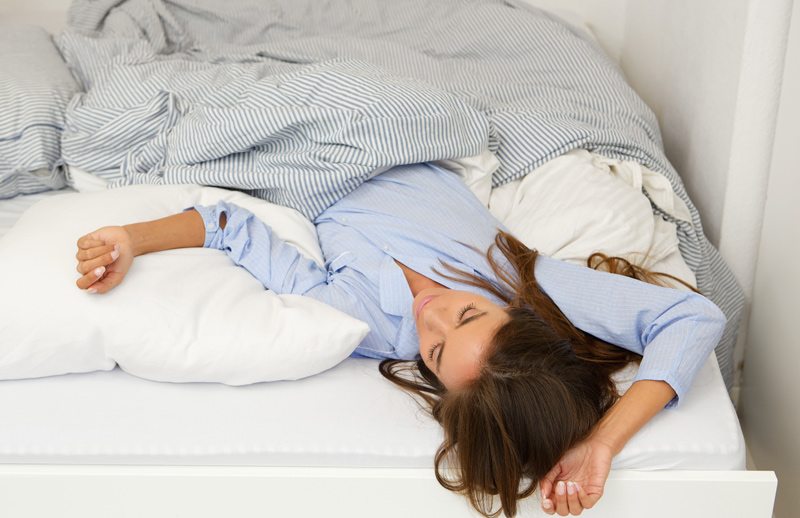Parasomnias are involuntary actions or behaviors which occur during sleep and are often associated with specific stages of sleep. Many parasomnias cause a major disruption to family life and can cause a great deal of distress for those who suffer from them. There are parasomnias that occur during every phase of sleep. Those which take place during the deepest stages of sleep will often involve some type of behavior that may be harmful or even violent. Some of these disorders seem to run in families. Some seem to be brought on by certain anti-depressants, and others by neurological disorders. Parasomnias include Sleep Terrors, Sleepwalking, REM Sleep Behavior Disorder, and Periodic Limb Movement Disorder.
Sleep Terrors
Sleep terrors differ from nightmares in that they occur during the later stages of non-REM sleep and are characterized by sudden screaming or yelling, panic, dilated pupils, increased heart rate, perspiring, and heavy or rapid breathing. The person experiencing the sleep terror seldom remembers anything about it. It is not uncommon for someone to hurt themselves or others who are trying to calm them down during an episode. If sleep terrors begin in childhood, the outlook is very good. Sleep terrors that begin in adulthood tend to be a chronic condition that comes and goes.
During a sleep terror, people often hit something or someone, get up out of bed in a panic, or even hurt themselves. It is always wise to take safety precautions to protect the sufferer and other family members.


Sleepwalking
Sleepwalking is a parasomnia which takes place during the slow wave stage of non-REM sleep. Patients with sleepwalking disorder may wander aimlessly or actually perform complex actions which often make no sense. Sometimes the patient may go to another part of the house or even outside. It is not uncommon for the sleepwalker to mumble or seem to carry on a conversation, but it is usually impossible to communicate with them or understand what they are saying. Many sleepwalkers will go back to bed or simply lie down in another location in the home.
Sleepwalking is seen most often in children and episodes usually decrease as they get older, though it may begin in adulthood.
REM Sleep Behavior Disorder
Normally, people don’t move during REM sleep due to a perfectly normal muscle paralysis that occurs during this stage of sleep. Those with REM sleep behavior disorder don’t have this normal paralysis so they can actually act out their dreams, sometimes violently. Patients may kick, punch, grab, flail their arms, or jump out of bed, often causing injury to their bed partner.
When people with REM Sleep Behavior Disorder wake up, they often remember their dreams vividly, but their behavior will return to normal.


Periodic Limb Movement Disorder
Periodic Limb Movement Disorder is often confused with Restless Legs Syndrome. Patients who have Restless Legs Syndrome experience periodic limb movement, though few with Periodic Limb Movement Disorder have Restless Legs Syndrome.
Periodic limb movement occurs during sleep so the patient does not usually have any recollection of it, though they often suffer from excessive daytime sleepiness as a result.
This parasomnia occurs most often in pregnant women, those with iron-deficiency anemia, post-polio syndrome, renal failure, and a number of neurological conditions.
Parasomnias – Safety Precautions
- Do not wake someone with a parasomnia during an episode.
- If help is needed to get them back to bed or re-situated in bed, always use a calm, gentle voice and slow gentle movement.
- Make sure anyone who suffers from a parasomnia does not sleep on a bunkbed, top or bottom.
- Make sure every family member and overnight guest knows about the parasomnia and understands the best way to respond to it.
- Remove sharp or dangerous objects from the area around the sleeping space.
- Keep the bed away from windows or stairs. Sleeping on the first floor is advisable.
- Consider installing a door lock and/or some type of surveillance or sound monitor in the room of the individual with the parasomnia.
- If the individual poses a danger to himself or to others, contact a sleep doctor as soon as possible.
